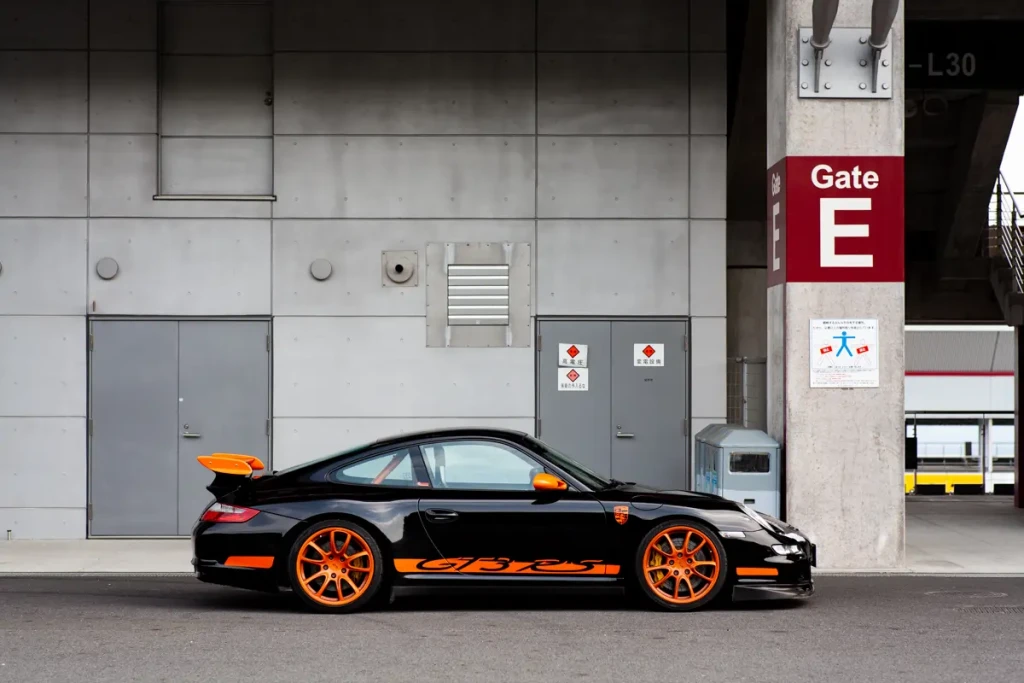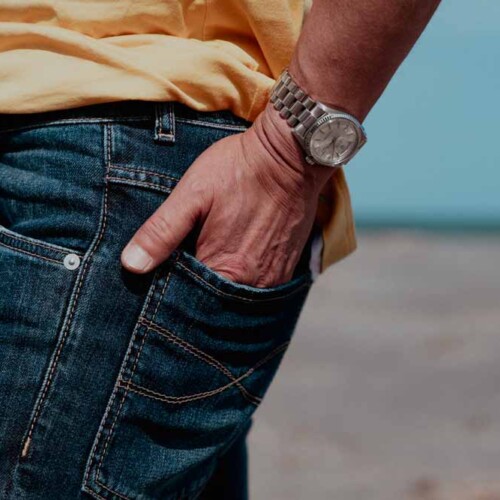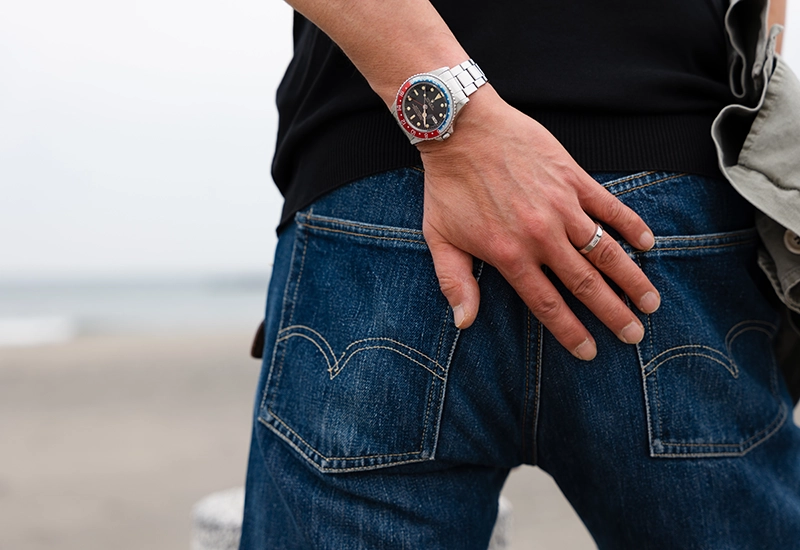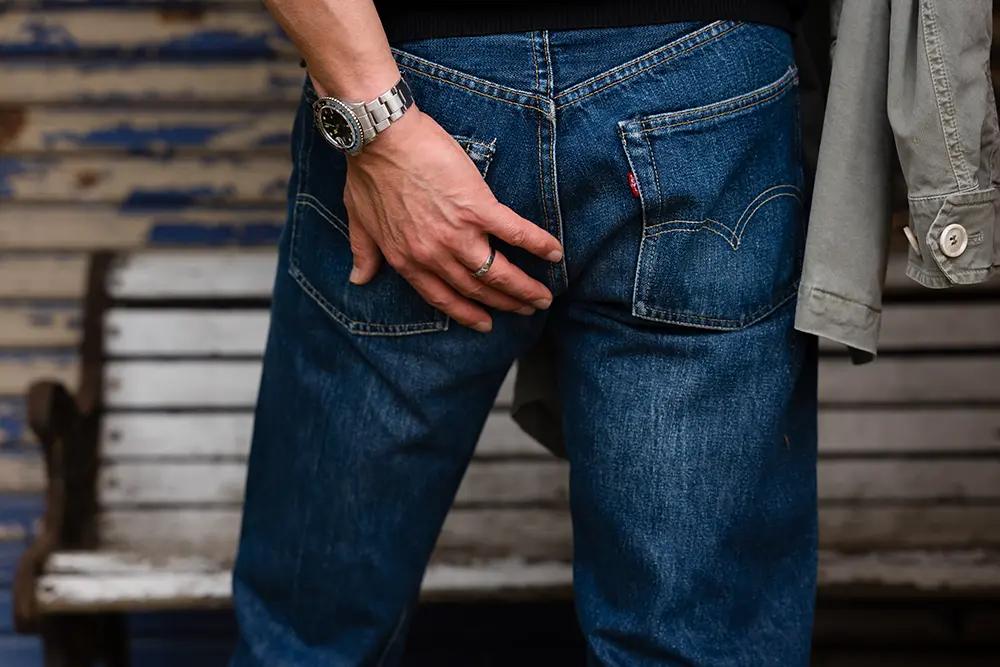S-Works Tarmac SL8

Evolution of tolerance towards riders
The evolution of the SL8 is that it has successfully achieved a good balance between aerodynamic performance, weight reduction, ease of riding, ride comfort and fatigue resistance. I feel that the evolution from the SL7 to the SL8 is that it has become more forgiving to the rider, with a wider range of balance and tolerance, even for a mere enthusiast like me with no great road ability.
The SL7 is a proper road bike for competition use, with a hard ride feel and it is like a tuned car with a stiff suspension, or, to use a racing car analogy, it is a machine set up to run on circuits like FSW, where the road surface has a high road surface friction coefficient and the road surface is smooth and it is easy to secure a tyre contact patch, and it is an image of a machine that has been narrowed down to a sweet spot that matches the premise that the road surface conditions are to a certain extent good.
The SL8 is also a proper road bike for competition, but if we were to compare it to a tuned car, it would be a tuned car with a looser rear suspension and a more refined setting, to make better use of the rear traction. If we were to compare it to a racing car, it would be a racing car with a looser suspension and a wider ‘sweet spot’ for the tyres, to cope with the unstable and changing road surface conditions of the Nordschleife at the Nürburgring.
Parts in common with car racing I have experienced in the past
*The difference between the Nürburgring and FSW is that Manthey Racing, who led the Porsche works team in the Nürburgring 24 Hours about 15 years ago, sold parts for production cars, and I know someone who owns a GT2 with a suspension from Manthey Racing, so I was able to drive it for a while. I was surprised by how soft it was, as I had the image of a suspension with a high spring rate, like the tuning parts for Porsches that run on FSW. The president of the sales agent was also with us, so when I asked him about it, I was surprised to hear that the softness of the suspension was a setting that had been refined to ensure that the tyre contact surface was maintained even with changes in road surface and G-force, in order to achieve the fastest time at the Nürburgring at the time. I was reminded of the feeling and image of the contact point of the road bike, which is not supposed to be related to cars, and I wrote about it in the article.
The ease of driving that is common to all car suspension settings
This is not related to bicycles, but about 15 years ago I owned a Porsche GT3 RS (Type 997) and used to take part in grass-roots races for production cars. I left the suspension settings to the mechanics, but I would tell them how the tyres were burning and what the car felt like to drive, and they would make suggestions to make the car easier to drive with a slight understeer.
The concept of Porsche alignment at the time was a setting that had modest toe-in, with negative camber at the front and less negative camber at the rear. It was common to set the front wheels to lie down and the rear wheels to stand up. The mechanics of the time said that this setting was based on the concept of air-cooled Porsche models, and that it was a setting that made a car that didn’t turn easily turn more easily, so it was a little oversteer-ish. Considering the performance of the chassis had improved with the water-cooling and the performance of the tyres had evolved, I remember that they made the car easier to ride by adding a little toe-in, reducing the negative camber at the front, adding negative camber at the rear, and setting the front upright and the rear low, which made it easier to ride and easier to get good times. This concept was adopted in the later 991 and 992 models.
The meaning of this alignment is to solve the structural problem of the weight being concentrated on the rear of the car, such as the rear engine and rear drive of the Porsche 911. At the time, Porsches were known as ‘A vehicle that excels in straight lines. to racing owners, and they were not cars that could be timed by their cornering speed, but rather by their cornering and braking.

*The spring rate of the RS at the time was 6kg for the standard suspension, 14kg for the spring rate matched to S tyres, and 22kg for slick tyres. I was riding with the stock suspension, so I had a spring rate of 6kg, but I lowered the vehicle height using the active suspension called ‘Sport Mode’ that came with the bike, shortened the spring, increased the spring rate, and increased the damping, and I ran the circuit in Sport Mode, with the traction control turned off, and with Pirelli P-Zero Corsa radial tyres, and I got a lap time of 1 minute 56 seconds around FSW. A friend of mine who used to do gymkhana stripped the interior, changed the parts, and ran in the 1:53s with 18-inch S-tire RE55s after reducing the weight by going down an inch. Looking back now, that time wasn’t that great, but it was a good time for the tyres of the time. After that, Kumho’s In⚪︎ki Sports radial tyres (almost slick tyres with a single vertical groove in the slick pattern) came out, and overall tyre performance improved, so lap times improved, but I had quit racing at this point, so I didn’t experience the evolution of tyres that came after that.
Are values that are not easy to understand not appreciated?
In the 997 era (early model), critics and the media wrote articles comparing the GT3 and GT3RS, and expressed critical opinions about the GT3RS, with the GT3 Clubsport being described as the best buy. The reason given was that there was no justification for the 3 million yen difference in price between the RS and the GT3 Clubsport. Normally, when talking about car reviews, it is only natural to lift up the car and look at the details, but the reviews only talked about the expensive carbon fibre wing, etc., and failed to see the real difference of 3 million yen in the rigidity of the chassis and the design and parts around the suspension, and how this affects the driving.
The development concept behind the RS and GT3 is that the GT3 is a high-performance version of the 911 NA engine, and the RS is a version of the GT3 that is closer to a racing car. The fact that it is closer to a racing car means that the RS has a wider adjustment range than the GT3’s (it can be adjusted with shims, just like a racing car. This is the same for the 964 RS and the Cup, and is a tradition of Porsche’s development philosophy), and it has a lower centre of gravity for the brake calipers and different uprights, etc., making the weight of the undercarriage lower and the centre of gravity lower. The benefits of using carbon parts to offset the weight increase caused by the wider tread and stiffer turbo body, as well as the larger rear wing and aerodynamic front spoiler parts, mean that when drivers with similar abilities enter a corner, the RS changes direction first. I think that the significance of this change in direction was not understood by the critics of the time. (The benefit of being able to open the accelerator earlier at the exit of the corner, and the fact that the rigidity of the chassis and the wider rear tread make it easier to apply traction even when there is lateral G-force remaining).
Also, the RS of that time was the base vehicle for the RSR that ran in Le Mans, etc., and the GT3 was the base vehicle for the GT3 Cup for the Carrera Cup, so the difference is clear, but the origins of this were also overlooked.
In the case of the Porsche 996 and 997-era GT3 and GT3RS, the difference between the two was that they had the same engine and other base specifications, so there was no difference in numerical specifications, and the difference in specifications was sold as being for enthusiasts who would find it difficult to understand the difference between the two, and who would choose the one that was closer to a racing car and had a wider range of adjustments like a racing car, but when critics and users realised that they couldn’t perceive the difference, perhaps as a result of this, the later 991 and 992 GT3 and RS models have a clear difference in engine performance, aerodynamic parts, and the use of carbon parts, as well as a difference in Nürburgring lap times, which can be seen by anyone.
The RS models from 991 onwards are fantastic cars, but I have the impression that the speed range at which they can be enjoyed is too high, and that they can only be enjoyed on a circuit. I myself no longer race, and I only drive it within the range where the battery doesn’t go flat, so I decided to get rid of it as I don’t drive it as much as I used to. The 991 I bought after that is a Turbo S, so it doesn’t have the same racing appeal as the RS, but I’m satisfied with its ease of use in everyday life and the specifications that condense the high mechanical precision that Porsche possesses. I think the RS is extremely valuable to own, and you can feel that it is worth more than its price. The interesting thing about Porsche is that it is a high-performance car, not a luxury car, and this element is linked to the pleasure of owning and mastering a high-precision tool. ) However, there is one important specification that I would like to see changed in the 991 and later models. However, neither critics nor the media have noticed this. (If I get the chance, I would like to write about it. )
I know I’ve gone off on a tangent, but
high-performance cars with easy-to-understand specs are often featured in the media and praised, but how many people actually benefit from them? In some cases, it’s difficult to evaluate or even criticise them. I’ve noticed this not only in the car industry, but also in articles about road bikes and when they are released, and I’ve written this article with the media and public reaction I felt when I owned a car.
I’ve gone off on a tangent this time, but I’d like to write about Porsche if I get the chance.








